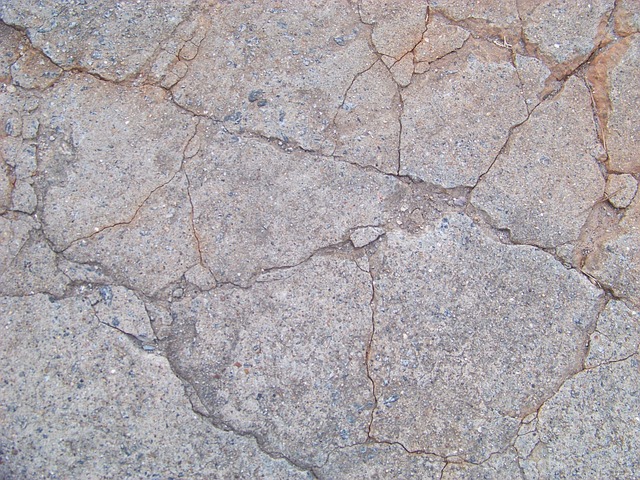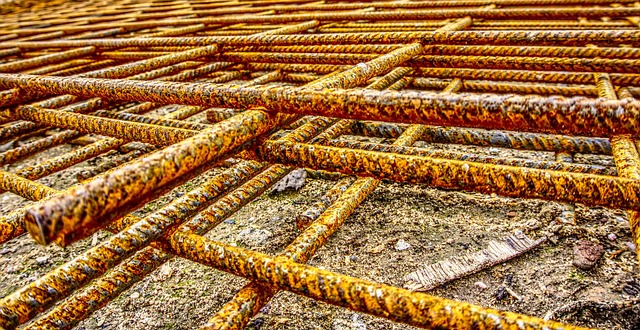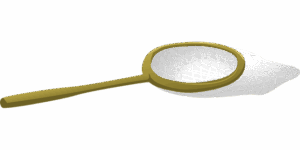Regular foundation inspections are crucial for maintaining a home's structural integrity by identifying early signs of cracks, unevenness, and water damage. Advanced tools like ground-penetrating radar (GPR) and thermal imaging cameras enhance assessment accuracy. Prioritizing repairs based on severity and cost ensures critical issues like significant cracks are addressed immediately to prevent further damage. Moisture management through proper drainage systems and waterproof membranes is vital for wooden foundations to avoid rot and humidity-related problems. Proactive foundation care through regular inspections, drainage solutions, waterproofing, and structural techniques extends the lifespan of homes while preserving their value and safety.
Home foundation preservation is a crucial aspect of ensuring structural integrity and longevity. This comprehensive guide delves into the essential practices for maintaining your home’s foundation, starting with understanding the importance of foundation inspection. We explore common issues like cracks, settling, and moisture-related problems, providing advanced techniques for thorough assessment. By interpreting inspection findings, prioritizing repairs, and implementing preventative measures, homeowners can safeguard their investments. Discover expert tips on preserving concrete and wooden foundations, ensuring a solid base for years to come.
Understanding Foundation Inspection: The Initial Step in Preservation

Understanding Foundation Inspection: The Initial Step in Preservation
The first step in preserving a home’s foundation involves a thorough inspection. This process is crucial for identifying any potential issues or signs of damage that could compromise the structural integrity of the building. A comprehensive foundation inspection includes examining the visible parts of the foundation, such as cracks, unevenness, and any visible signs of movement. Professionals also assess the surrounding soil and drainage to ensure proper water management, a key factor in preventing foundation problems.
During this evaluation, experts look for subtle indicators like settled or cracked concrete, slanted walls, and doors or windows that do not align properly. These observations provide valuable insights into the current state of the foundation and help homeowners and professionals develop effective preservation strategies. Regular inspections are essential, as they enable early detection of problems, making them easier and less costly to rectify before they escalate.
Identifying Common Foundation Issues: Cracks, Settling, and More

Identifying common foundation issues is a crucial step in preserving your home’s structural integrity. During a thorough foundation inspection, professionals look for cracks, which can signal various problems like settling, heave (due to soil movement), or even more severe issues like structural failure. These cracks may appear on walls, floors, or ceilings and can vary in size from hairline fissures to larger gaps.
Settling is another frequent concern, often resulting from improper compaction during construction or changes in soil moisture content. Foundations may also experience heave when the soil beneath them expands due to increased moisture, causing uneven surfaces and potential damage to the structure. Addressing these issues early through regular foundation inspections can prevent more costly repairs down the line.
Advanced Techniques for Comprehensive Foundation Assessment

In the realm of home foundation preservation, comprehensive assessment techniques have evolved significantly. Modern methods involve advanced tools and expertise to thoroughly inspect even the most intricate parts of a structure’s foundation. Foundation inspection now includes ground-penetrating radar (GPR), which can reveal subsurface conditions, identify voids, and detect potential structural issues without causing damage or disturbing the surface.
Additionally, remote sensing technologies, such as thermal imaging cameras, are employed to uncover temperature variations that might indicate underlying problems. These advanced techniques complement traditional non-destructive testing methods like ultrasound and pressure testing, ensuring a holistic evaluation of the foundation’s integrity. This comprehensive approach allows for early detection of potential issues, enabling proactive preservation measures to maintain the structural soundness of homes over time.
Interpreting Inspection Findings: Prioritizing Repair Actions

When conducting a foundation inspection, professionals identify potential issues that require attention. These findings should be carefully interpreted to understand their severity and impact on the overall structural integrity of the home. Each issue may have different repair actions associated with it, so prioritizing is key. For instance, significant cracks in the foundation walls might need immediate attention to prevent further damage, while minor unevenness can be addressed during routine maintenance.
Prioritizing repairs involves assessing the level of damage, considering the structural implications, and evaluating the cost of repairs. It’s crucial to consult with a structural engineer or experienced foundation repair experts for accurate diagnosis and recommendation. This ensures that critical issues are addressed first, maintaining the home’s safety and value over time.
Preserving Concrete Foundations: Sealers, Repairs, and Maintenance Tips

Preserving concrete foundations is a critical aspect of home maintenance and can extend the lifespan of your structure. Regular foundation inspections are essential to identify any potential issues early on. During an inspection, professionals look for cracks, uneven surfaces, or signs of water damage, all of which could indicate more severe problems beneath the surface.
Once identified, concrete foundations can be preserved through various methods. Applying sealers is a common practice to protect against moisture intrusion, which can cause significant damage over time. Repairs are also necessary when cracks or damages appear. This may involve patching small cracks or replacing sections of the foundation with new concrete. Regular maintenance, such as cleaning and sealing, ensures that any issues caught early remain manageable and prevents further deterioration.
Wooden Foundation Care: Moisture Management and Structural Integrity

Wooden foundations, a common sight in many homes, require meticulous care to ensure their longevity and structural integrity. Moisture management is a critical aspect of this care, as high humidity levels can weaken wooden beams and lead to severe damage over time. Regular foundation inspections are essential to identifying any signs of moisture intrusion or wood rot early on.
Proper drainage systems around the house play a vital role in preventing moisture accumulation. Ensuring that rain water flows away from the foundation rather than pooling nearby is crucial. Additionally, using waterproof membranes and coatings designed for wooden foundations can further protect against moisture-related issues. By addressing these aspects, homeowners can preserve their home’s structural base and avoid costly repairs down the line.
Preventative Measures: Long-Term Strategies for Foundation Preservation

Regular foundation inspections are a proactive step in home maintenance, acting as a crucial early warning system for potential issues. These thorough assessments, conducted by professional inspectors, go beyond visual examinations. They involve using advanced tools to gauge moisture levels, soil conditions, and structural integrity. By identifying subtle signs of damage or settlement, homeowners can take immediate action, preventing minor problems from escalating into costly repairs.
Long-term strategies for foundation preservation build upon these inspections. Implementing preventative measures such as proper drainage systems, waterproofing solutions, and piering or underpinning techniques can mitigate the effects of settling, shifting soils, and other environmental factors. These methods not only ensure the structural integrity of a home but also extend its lifespan, saving homeowners from frequent repairs and significant financial burdens in the future.
